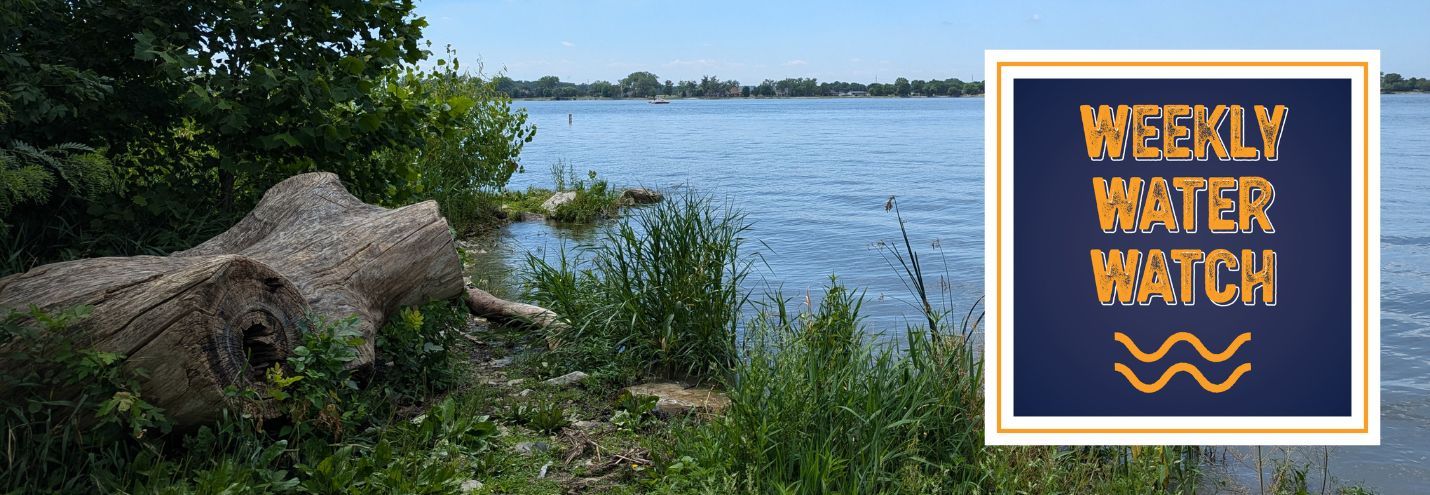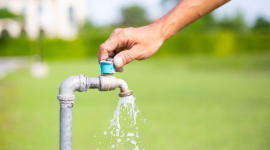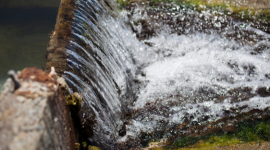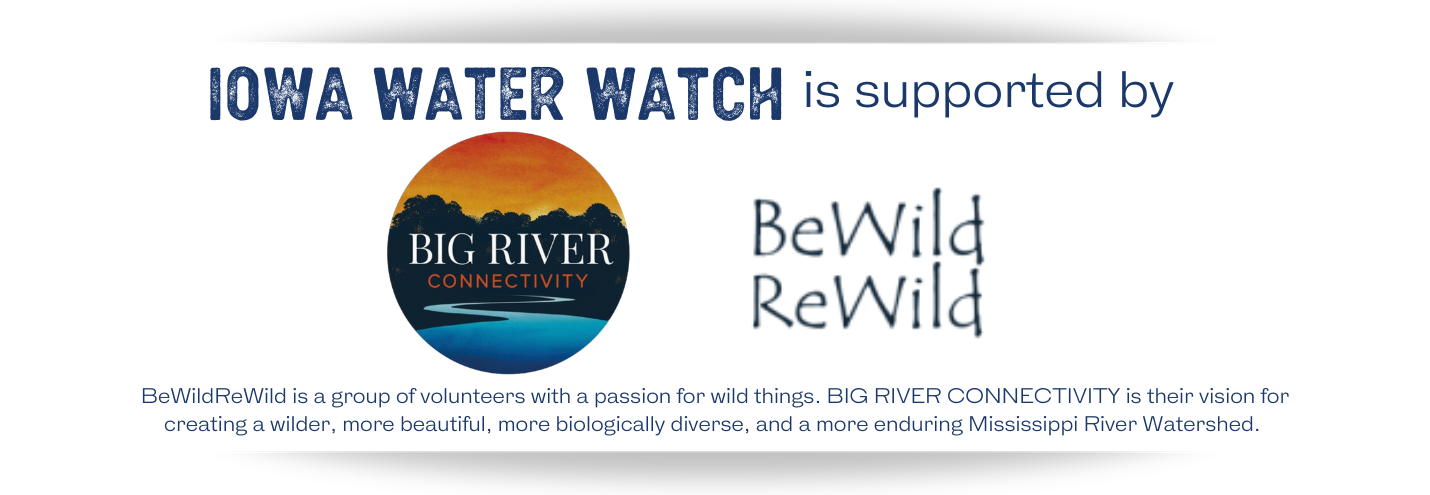|  | | 11 Beaches with an E. coli Advisory:
Backbone Beach (Dundee, Delaware County, IA)*
Beed’s Lake Beach (Hampton, Franklin County, IA)*
Denison Beach (Black Hawk Lake, Lake View, Sac County, IA)*
George Wyth Beach (Waterloo, Black Hawk County, IA)*
Lake Ahquabi Beach (Indianola, Warren County, IA)*
Lake Darling Beach (Brighton, Washington County, IA)*
Lake of Three Fires Beach (Bedford, Taylor County, IA)*
Lower Pine Lake Beach (Eldora, Hardin County, IA)*
Nine Eagles Beach (Davis City, Decatur County, IA)*
Prairie Rose Beach (Harlan, Shelby County, IA)*
Union Grove Beach (Gladbrook, Tama County, IA)* 1 Beach with a Microcystin Advisory:
McIntosh Woods Beach (Clear Lake, Ventura, Cerro Gordo County, IA)* 3 City and County Beaches exceed the state’s advisory threshold for E. coli.*
View the map on our website to see where they are. Note: Due to flooding and high waters, the following beaches were not tested: Crandalls Beach, Marble Beach, Orleans City Beach, Triboji Beach, Pikes Point Beach, Gull Point Beach, and Emerson Bay Beach. Saylorville's Oak Grove Beach and Red Rock's Whitebreast Beach and North Overlook Beach are closed due to flooding. *Data from the Iowa DNR State Park Beach Monitoring Program |
| IEC's Newsroom: Iowa's Climate Reckoning |
| This op-ed, authored by IEC's Executive Director Sarah Green, was originally published in The Gazette on July 11th. Extreme weather, global warming, a need for resilience; whatever you call it, look around and you’ll see the reality—Iowa's climate reckoning is here. The question we should be asking ourselves is what will we do now? First, a note: Climate is not the weather. It’s not a single flood, one powerful storm, or a weeklong heat wave. Rather, it is the patterns of weather over time. With widespread and devasting flooding in northwest Iowa, one of the state’s earliest and most intense heat waves in recorded history happening in June, and the record-shattering tornadoes we’ve seen this spring, our state is dealing with extreme weather from river to river. The culprit? Iowa’s climate is getting hotter, and we are causing it with the cars we drive, the electricity we produce, and the land we farm. Iowa’s average annual temperature has already risen more than 1°F since the beginning of the 1900s according to the National Oceanic and Atmospheric Administration (NOAA). 2023 was also the hottest year on record by far globally and in North America, with the last colder-than-average year being nearly 50 years ago. Our precipitation (rain, snow, etc.) is also getting more intense but happening during shorter windows of time. This paradoxically fuels both longer droughts and flash flooding. NOAA says Iowa’s springtime precipitation has been above average since 1990 and annual precipitation has generally been several inches above average for the past 16 years. Areas in Northwest Iowa received more than 15 inches of rain within just a couple of days, causing the Big Sioux River to rise to nearly 45 feet, smashing its 2014 record by more than 7 feet. Rock Valley was inundated by the Rock River, which grew to over 100 times its normal volume and broke its highest record by over 5 feet. |
| |
|
| |  | |  | Drought & Iowa's Drinking Water Factsheet Last month, IEC published a new white paper: Drought and Iowa’s Drinking Water. The paper reviews drought vulnerabilities in Iowa, drought impacts on groundwater and surface water sources of drinking water, and mitigation and policy recommendations for managing future drought impacts. Drought and Iowa's Drinking Water also highlights the impacts that drought has had on drinking water in three Iowa communities in recent years: Belle Plaine, Osceola, and Des Moines. These community examples provide insight to the very serious consequences of drought, including compromised water quality and drinking water availability. This week, IEC published the Drought Paper Factsheet to give a quick, graphic overview of the contents of the report. As Iowa grapples with how to manage water resources in the face of drought and other extreme swings in weather due to climate change, these publications shed light on policy solutions to reduce the impacts of the next drought. This factsheet serves as a community resource to protect, prepare, and mitigate Iowa's prolonged drought. |
|
|
 | Cancer & the Environment Webinar Series Next week, IEC's Water Program Director Alicia Vasto will present during the Iowa Cancer Consortium's four-part webinar series, 'Strategies to Reduce Environmental Cancer Risk'. In the first part of this webinar series, Vasto will discuss the impacts of degraded water quality on human health. She will also present on the advocacy, outreach, and policy changes that are essential to preserving safe, healthy water in Iowa. The second part of this series will highlight actions from individuals, industries, and policymakers to keep communities safe from threatening environmental exposures. Audrey Tran Lam from the UNI Center for Energy & Environmental Education and Rich Gassman from the Iowa Center for Agricultural Safety & Health will share their work to better understand and address environmental health hazards. Register for the first two webinars below: | |
|
|
 | PFAS Lawsuit: What Does this Mean for Water Quality? 3M, a multinational conglomerate producing consumer goods, was accused by 4,000 individual lawsuit filers and over 300 communities of polluting public drinking water. This resulted in multiple billion-dollar settlements approved by U.S. District Courts. Chemical and consumer good manufacturers, like 3M, Chemours, Corteva, and DuPont, produce per- and polyfluoroalkyl substance (PFAS). This body of chemicals are known as 'forever chemicals' due to their inability to break down quickly. Because of their widespread use in consumer products coupled with their persistence in the environment, many PFAS are found in the blood of people and animals all over the world. These chemicals present risks to human and environmental health, including cancers and developmental delays. The new wave of environmental regulations for PFAS from the EPA has ushered in concerns from chemical and consumer good manufacturers. Similarly, more federal funding has been allocated to states to remove emerging contaminants, including PFAS. Create a free account on the Water Program Portal to learn more about PFAS in drinking water or check out our factsheet. |
|
|
| |  | | What's new in Iowa's water news: |
|
|
| | |  | | | Iowa Environmental Council
505 Fifth Ave., Suite 850
Des Moines, Iowa 50309-2317
515-244-1194 | iecmail@iaenvironment.org |
|
|
|
|
|